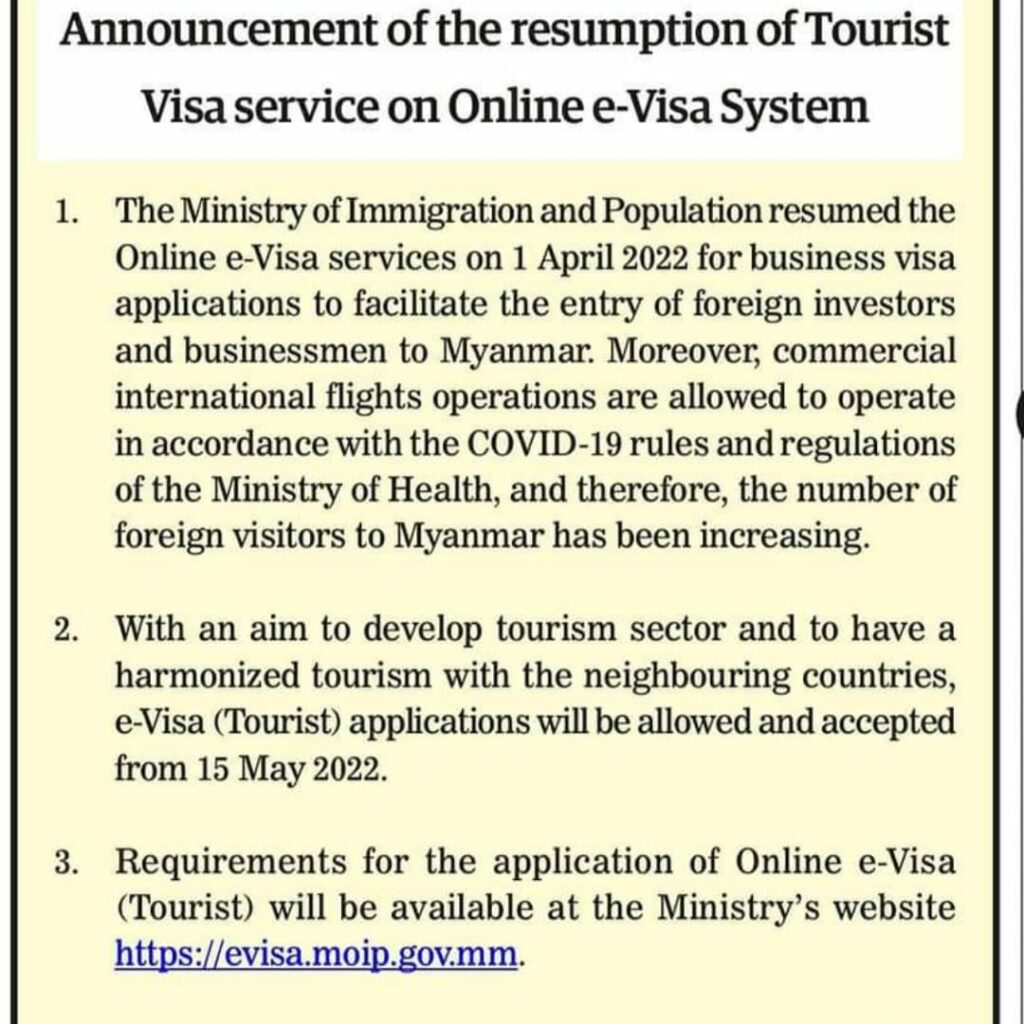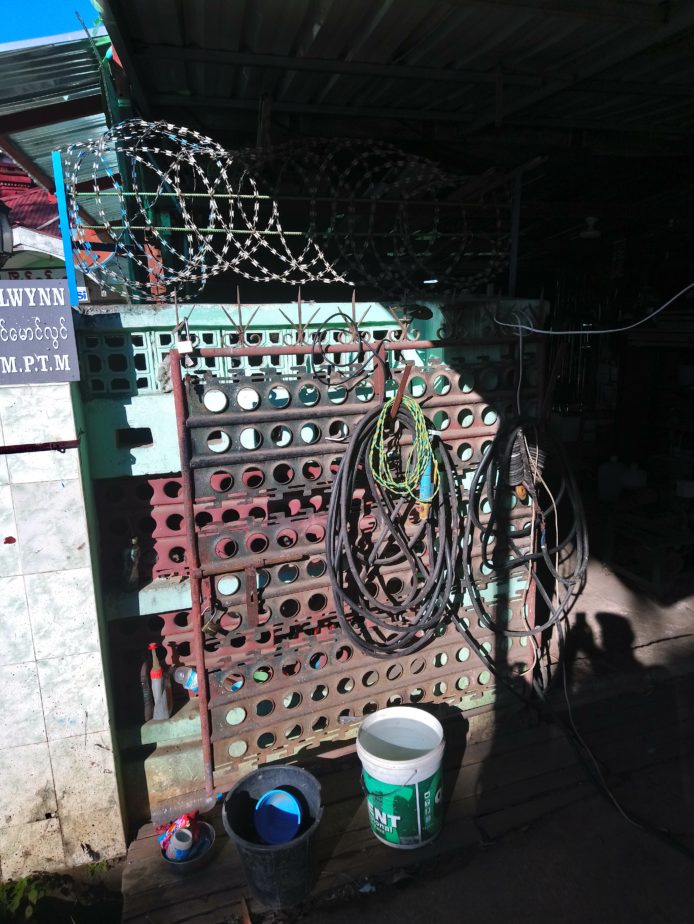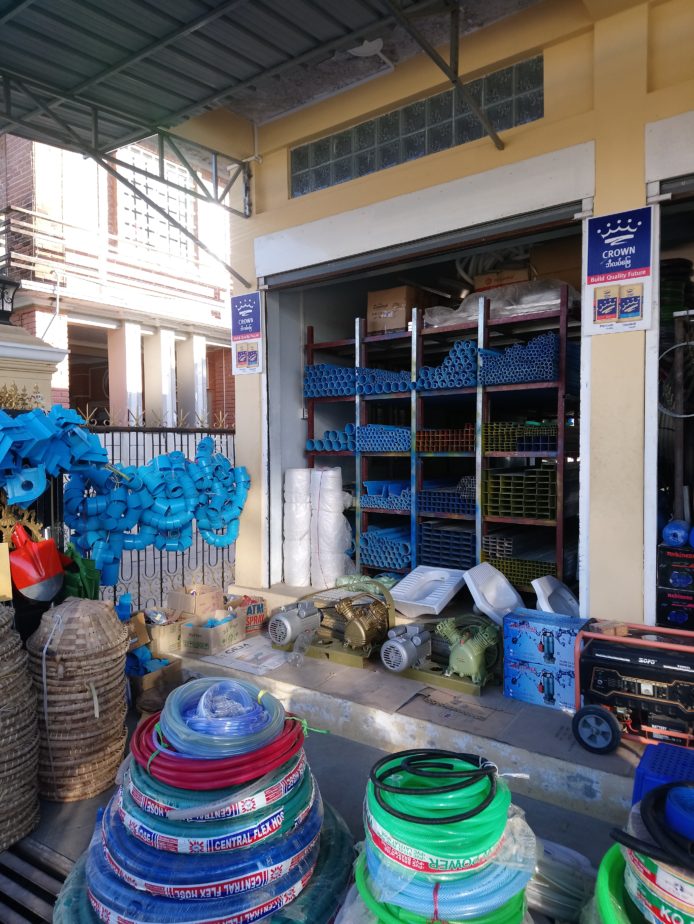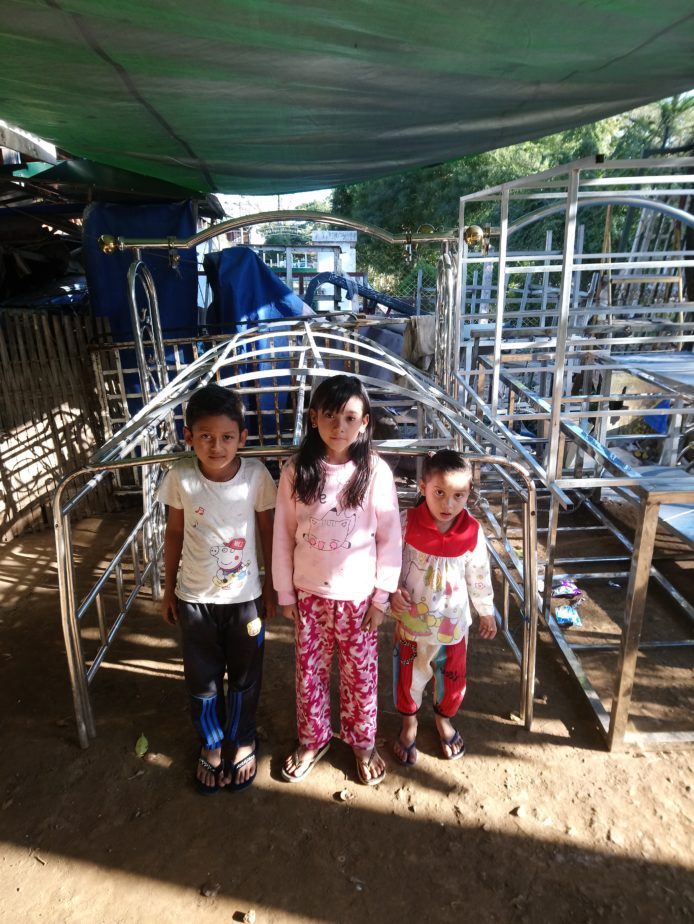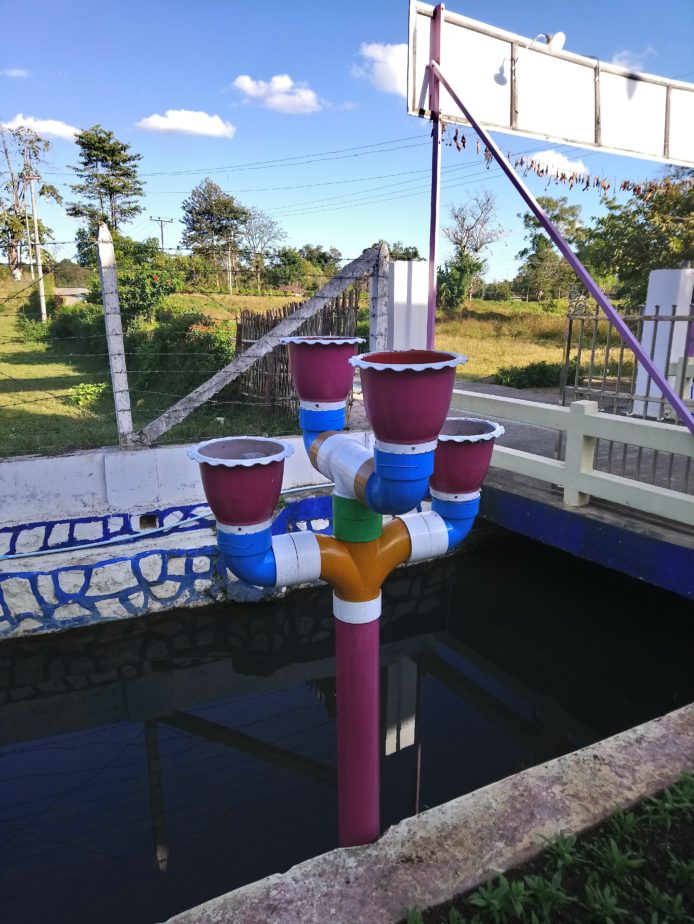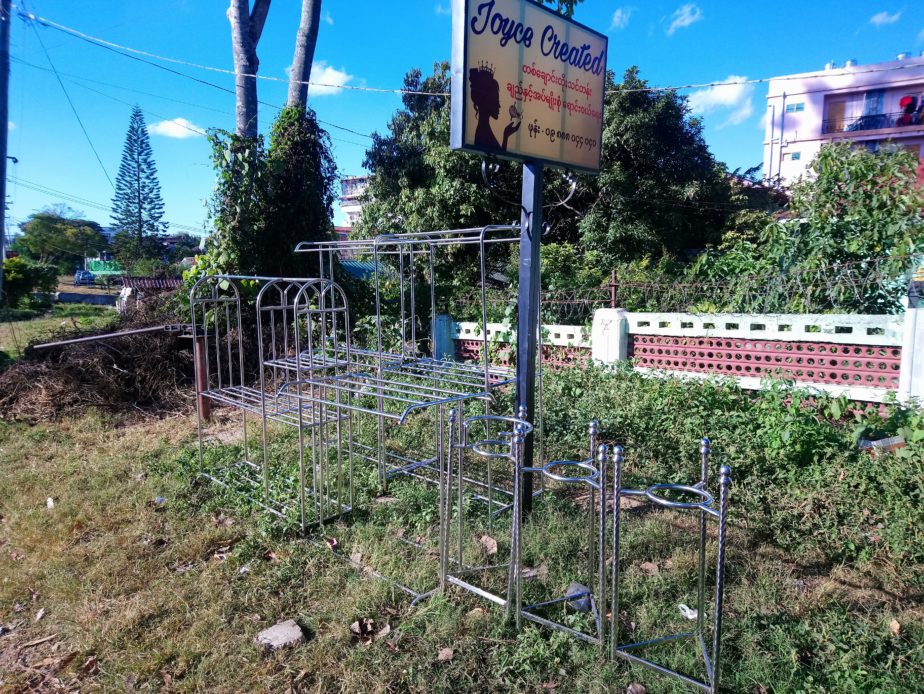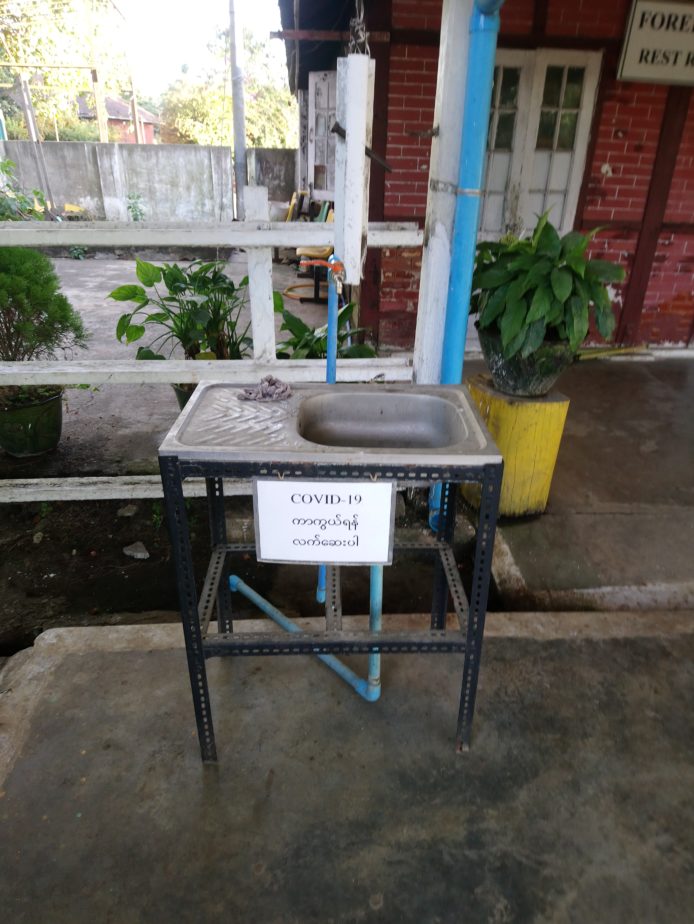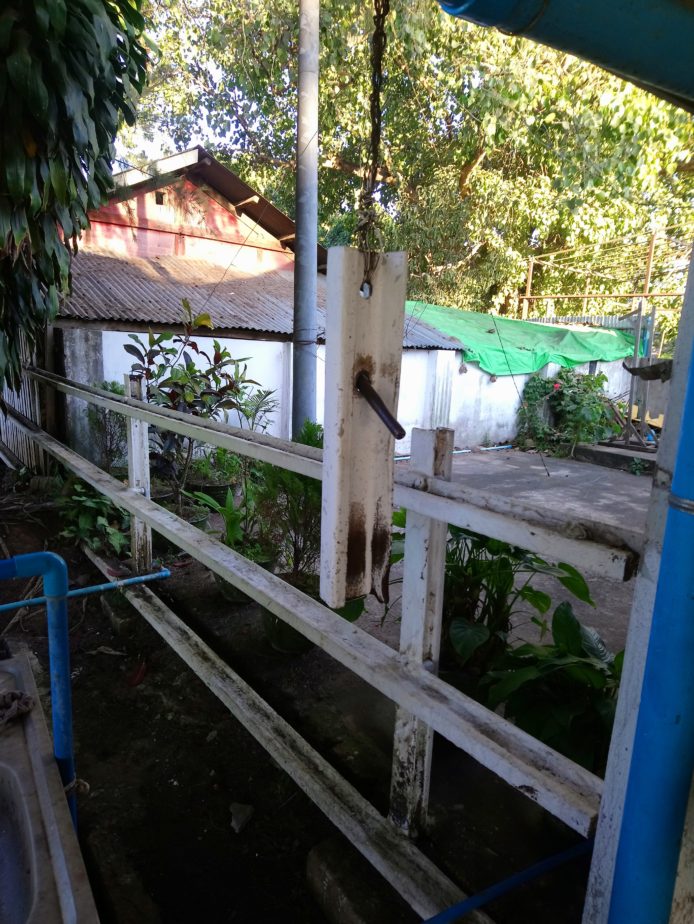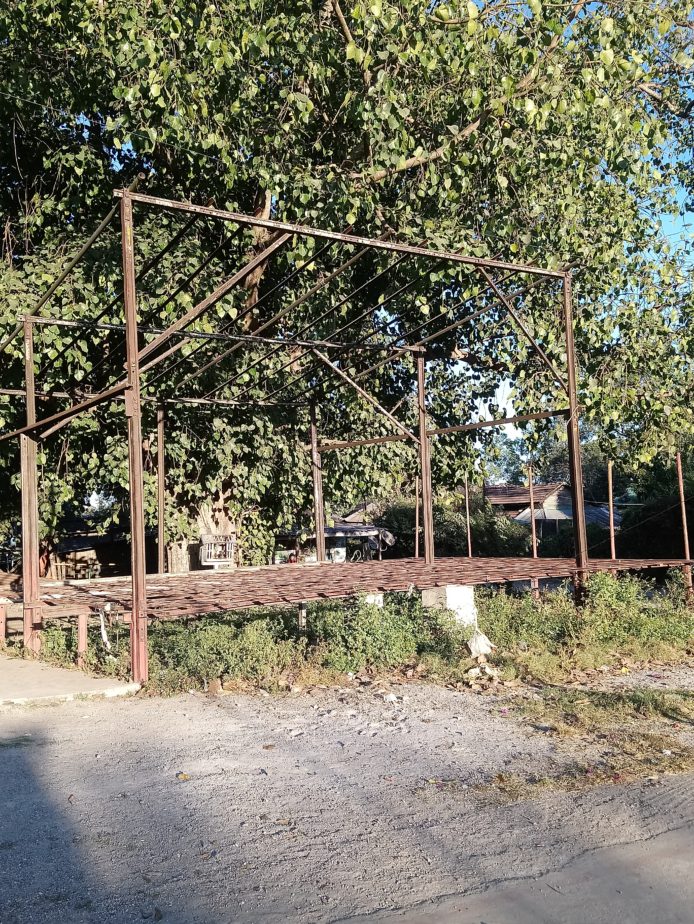Since I moved to Maymyo (Pyin Oo Lwin) a year ago, I have been fascinated by the religious diversity in this town: Buddhists, Hindus, Muslims, Christians of all shades have built their houses of prayer here. Not to forget the animists. After all, Pyin Ool Lwin ist the home of the famous Nat Ko Myo Shin. The Lord of the nine cities. I cannot imagine that there is such diversity anywhere else in Myanmar.
But even here there are always new surprises. During one of my excursions in the vicinity I came across the Gumba Temple. Designated as a Buddhist temple on Google Maps. I was expecting a Chinese temple or a Burmese monastery. And what did I find? A Tibetan temple! A Mahayana Buddhist place of worship, in which the Tibetan version of Mahayana is cultivated. Tibetans in Myanmar? Well, this country certainly has a colorful mix of people, so nothing surprises you so easily. But it is not Tibetans who run this temple. It is run by Tamang people. They come from Nepal, where they now make up around 6% of the population (around 1.5 million). They are one of the largest groups of highland peoples in the country.
Little is known about their history, but they are certainly among the earliest peoples who have migrated from the Tibetan plateau into what is now called Nepal. That happened probably more than three thousand years ago. The Tamang have their own cultural traditions and language (Tibetan-Burmese language family) as well as an alphabet that is derived from the Tibetan alphabet. 90% of the Tamang people are attached to Tibetan Buddhism. Their calendar is based on the Chinese one with its twelve-year cycle. Like other hill tribes in the country, they are reduced to a subordinate role in Nepal. Most of them are farmers in the mountains others working in the trekking business. If a porter identifies himself as Sherpa, he might actually be a Tamang. Others joined the British army and came to Burma as soldiers. That means, not every Gurkha belongs to the people of the same name and is a Hindu. He might be a member of another of the numerous tribes of Nepal! Such as the Tamang! In Myanmar, there are about 350 Tamang households, almost half them in Maymyo (Pyin Oo Lwin). Oddly enough, the Tamang sometimes call their temple ‘Gurkha temple’ themselves, adding to confusion. Even though the Gurkhas are definitely Hindus, not Buddhists …
The temple/ monastery is located in the north of Pyin Oo Lwin. It is the largest of its kind in the country. There are other, smaller ones, e.g. in Myitkyina and Yangon. The one in Pyin Oo Lwin was founded by a Tamang guru named Sri Nathung who came to British Burma in 1933. The monastery was built two years later and today it has grown into an impressive complex. The original wooden building still exists but is no more in use. It was replaced by a brick building. The formerly humble temple now looks quite impressive. Ven. Yang Lama, the monastery’s abbot, told me that he is planning to surround the temple with 108 prayer wheels. There are currently five monks and one novice living in the monastery. The faithful travel from all over the country to the great festivals. To the right of the temple are a number of chortens (Tibetan stupas) with prayer flags.


